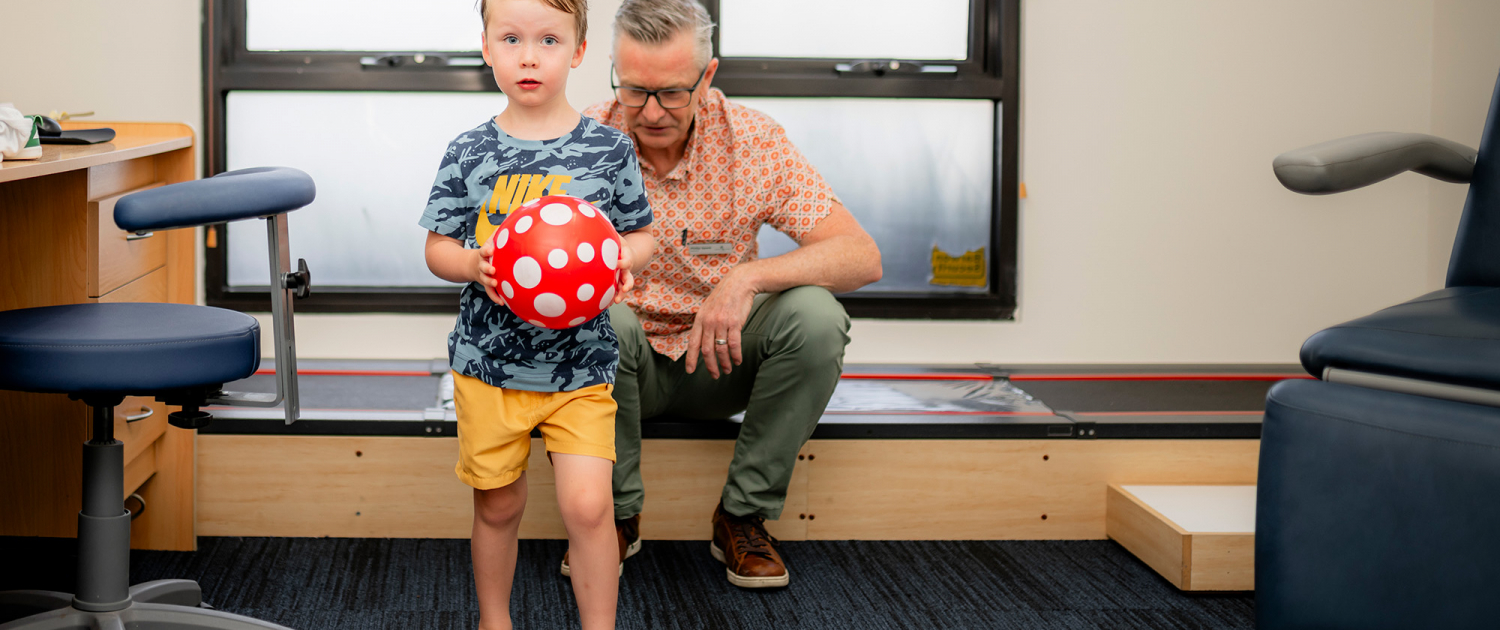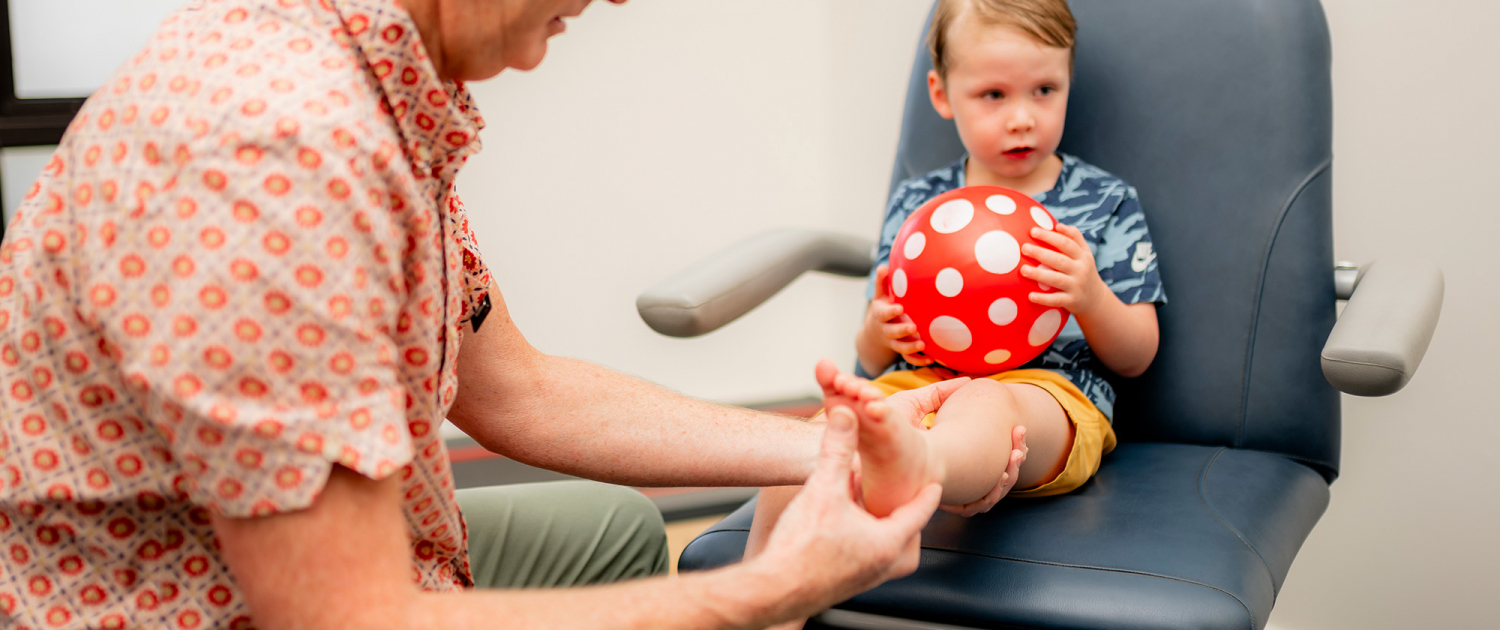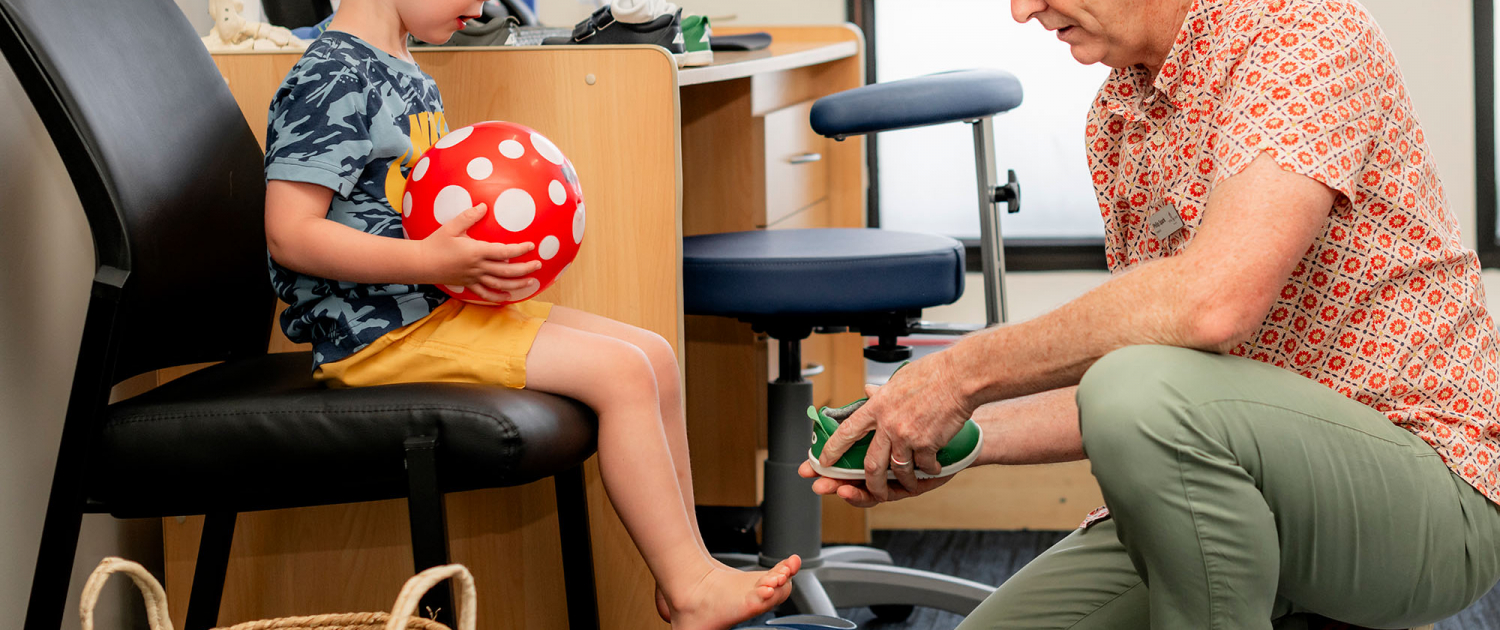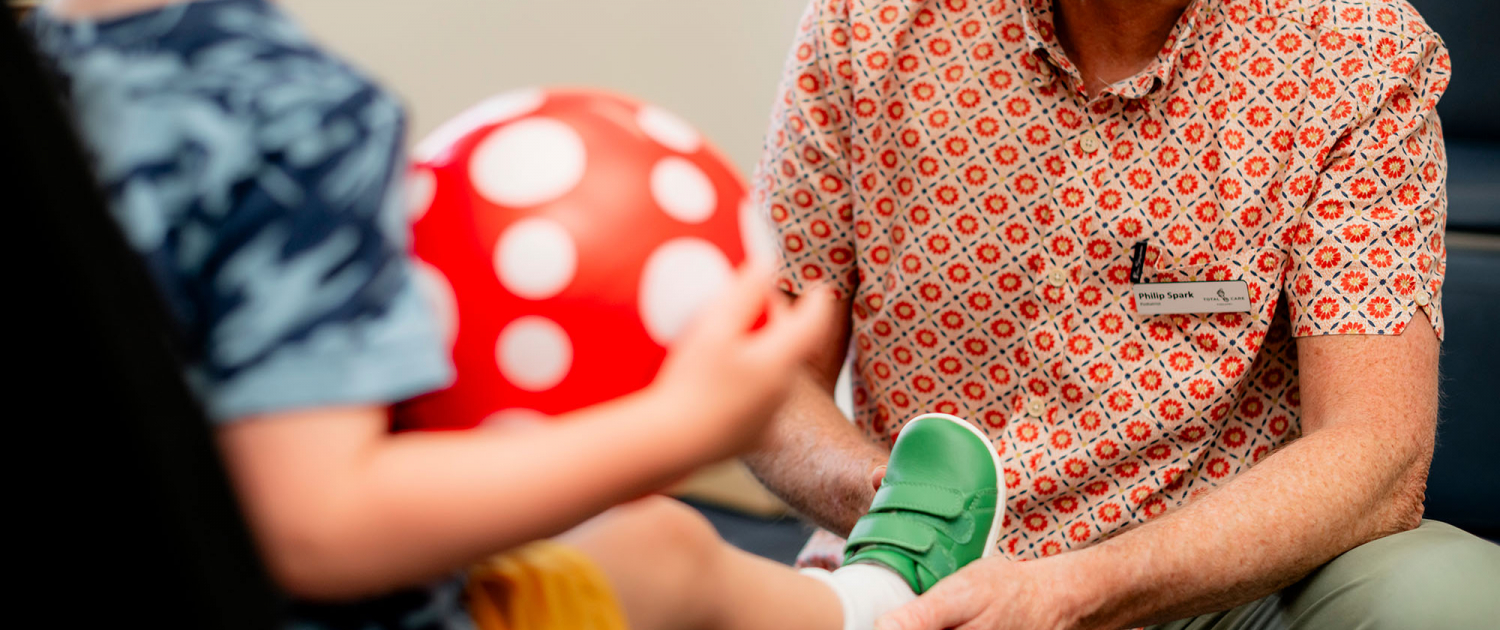As parents and grandparents, one of life’s pleasures is to see children being active and playing sports. During development, it’s common for children to experience problems that can reduce their ability to participate in physical activities. It is important to understand the common problems that occur in children’s feet, how they arise and how they can be treated.
What are the most common problems with children’s feet?
The most common problems that children experience are having one turned in foot or experiencing aches and pains in the legs.
How do these problems arise?
Sometimes because of genetics or developmental issues, conditions can occur that may lead to problems later on in life. This usually occurs when your child has a growth spurt. Large pressures can occur where tendons attach to bone. This is very common around the ages of 8, 11- 12 and 14-16 years. Especially if you have a very sporty girl or boy.
How can they be treated?
Typically treatment is through resting and home exercise programs that your family can do together.
When should they be checked by a podiatrist?
Often the concerns and complaints will need to have treatment. The key is understanding what’s normal development, and what is not. There’s a lot of changes in the legs and feet in the first 6 years, but most of these are perfectly normal. It is common for children to begin toe walking at around two years old, or for children to have low arches for the first four years. These are both usually ok.
Every child’s physiology and development is different. So we think its best not leaving anything up to chance. To tackle potential long term problems, we recommend children have their first Podiatrist assessment between 3 to 4 years old.
A great place to start is at our monthly kid’s clinic. For a gold coin donation to Kid’s Plus you can have a one on one check up for children 6 months – 6 years. Call 5223 1531 to book in.
How can Total Care Podiatry help you?
We know the importance to you, of having a clear explanation, so you can easily understand what needs to be done to have your children happy and active again.
Our examination is very thorough, allowing us to understand the immediate reasons and potential issues that may develop as your child grows. We also have a reputation for quickly developing an easy rapport with children which is important when discussing things like taking a few weeks off sport or making exercises fun!



